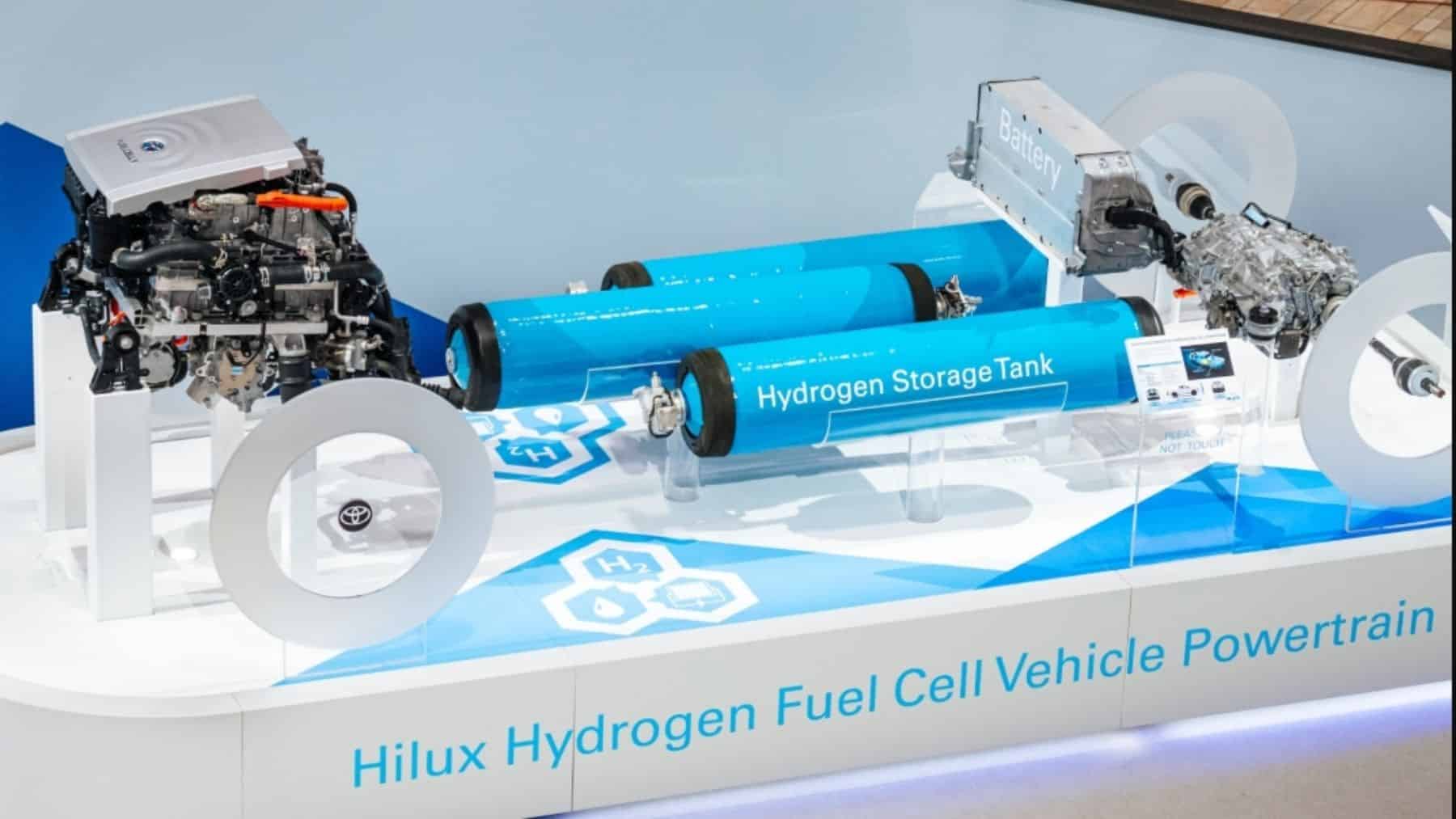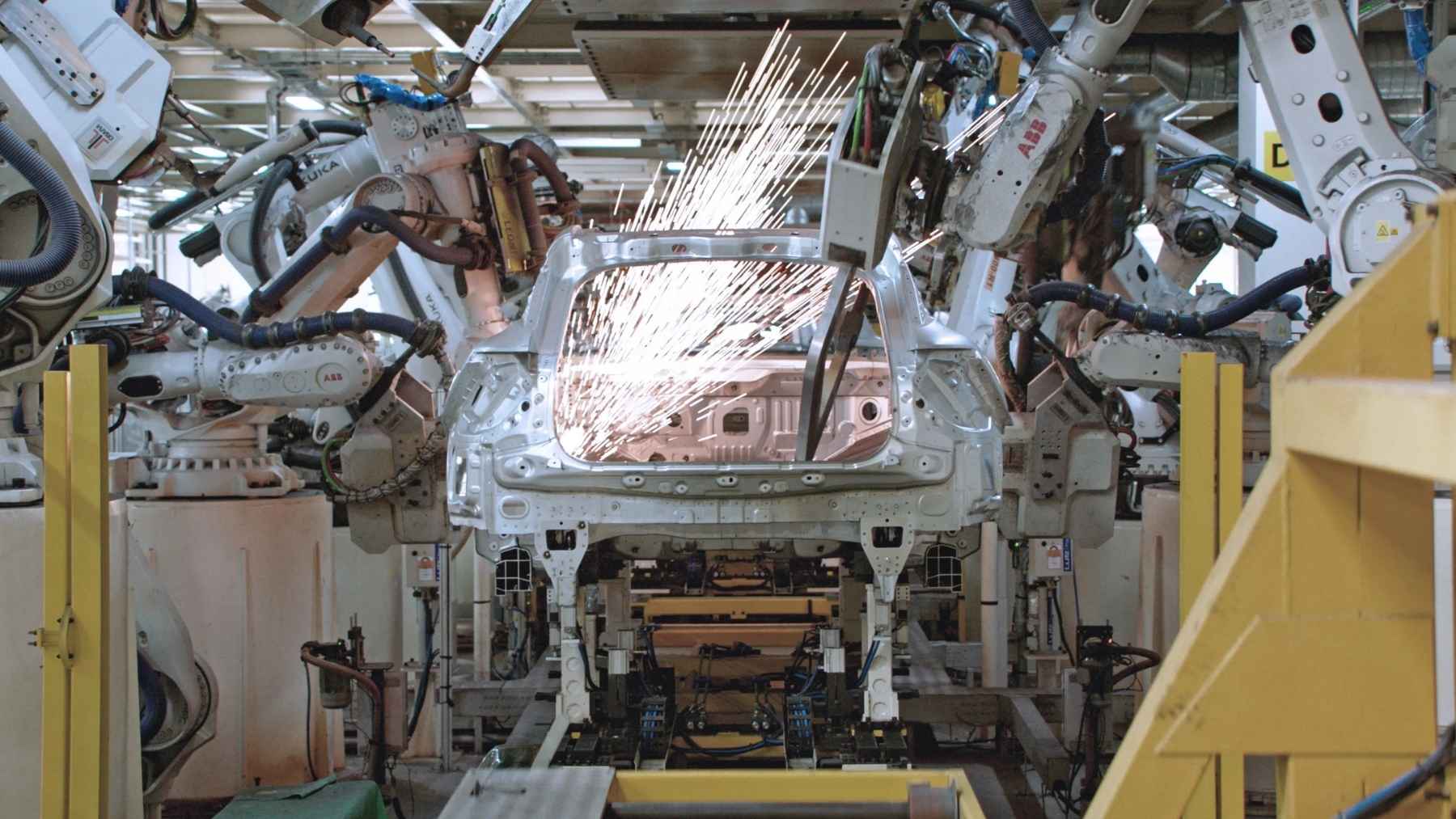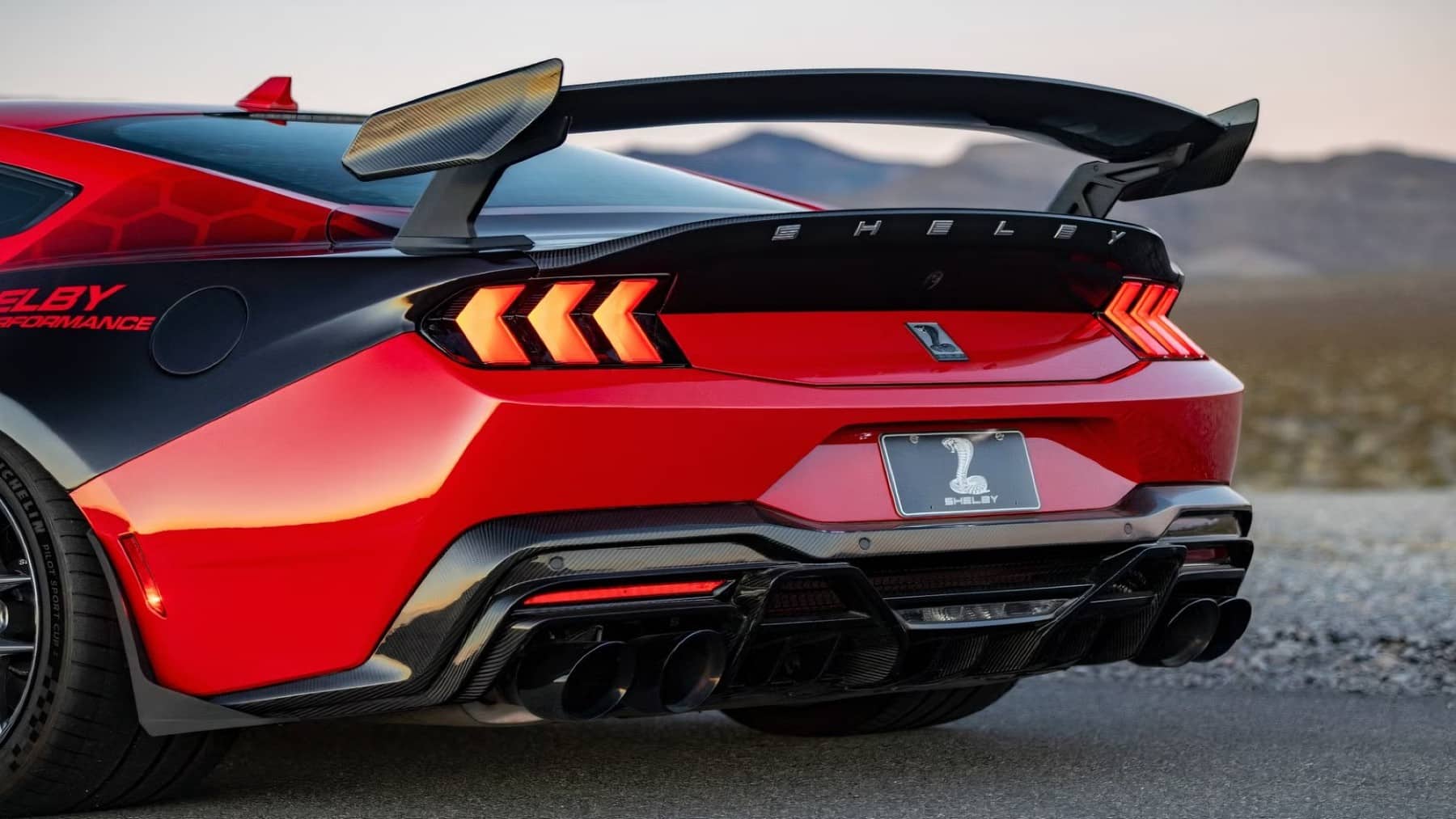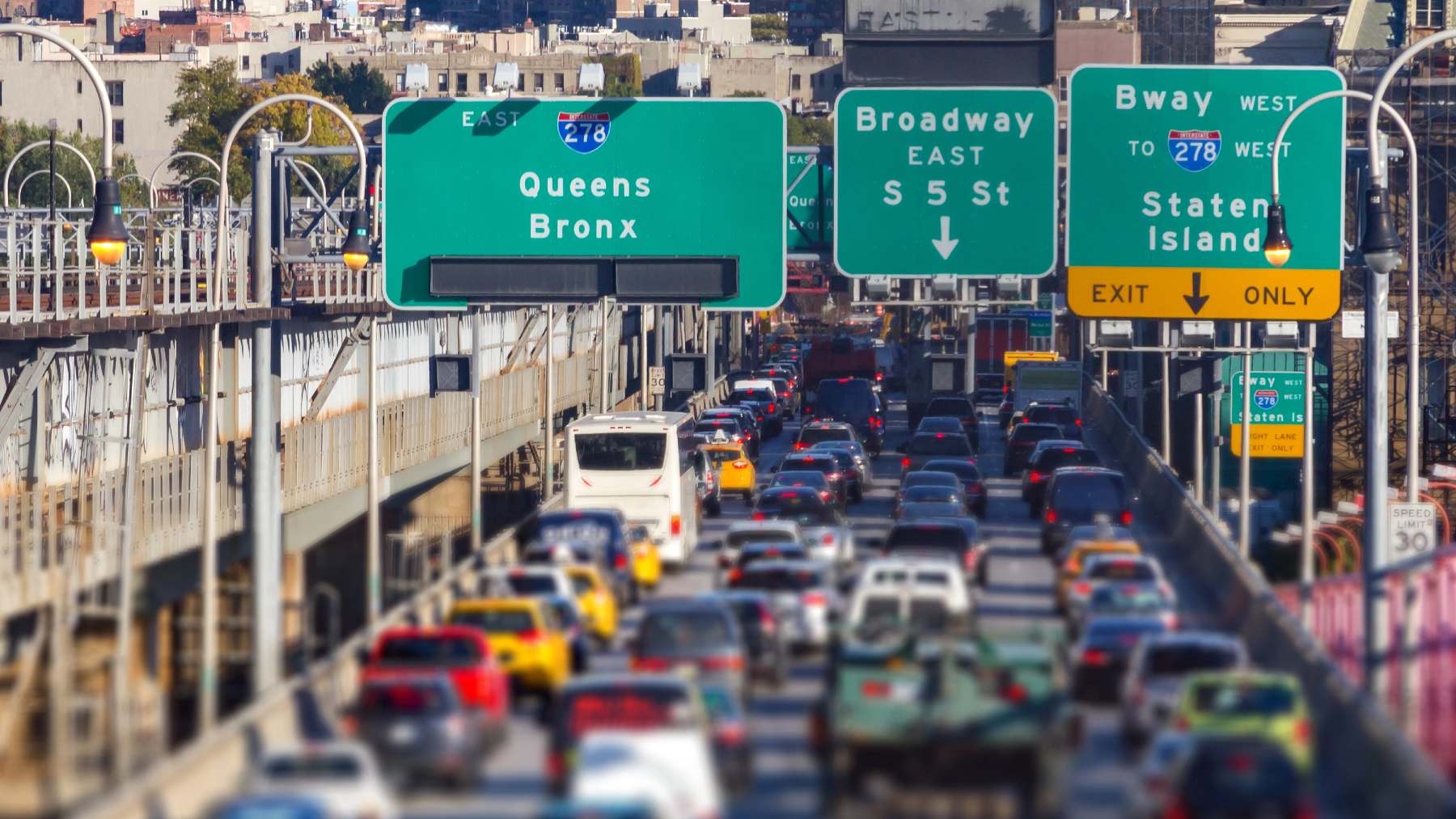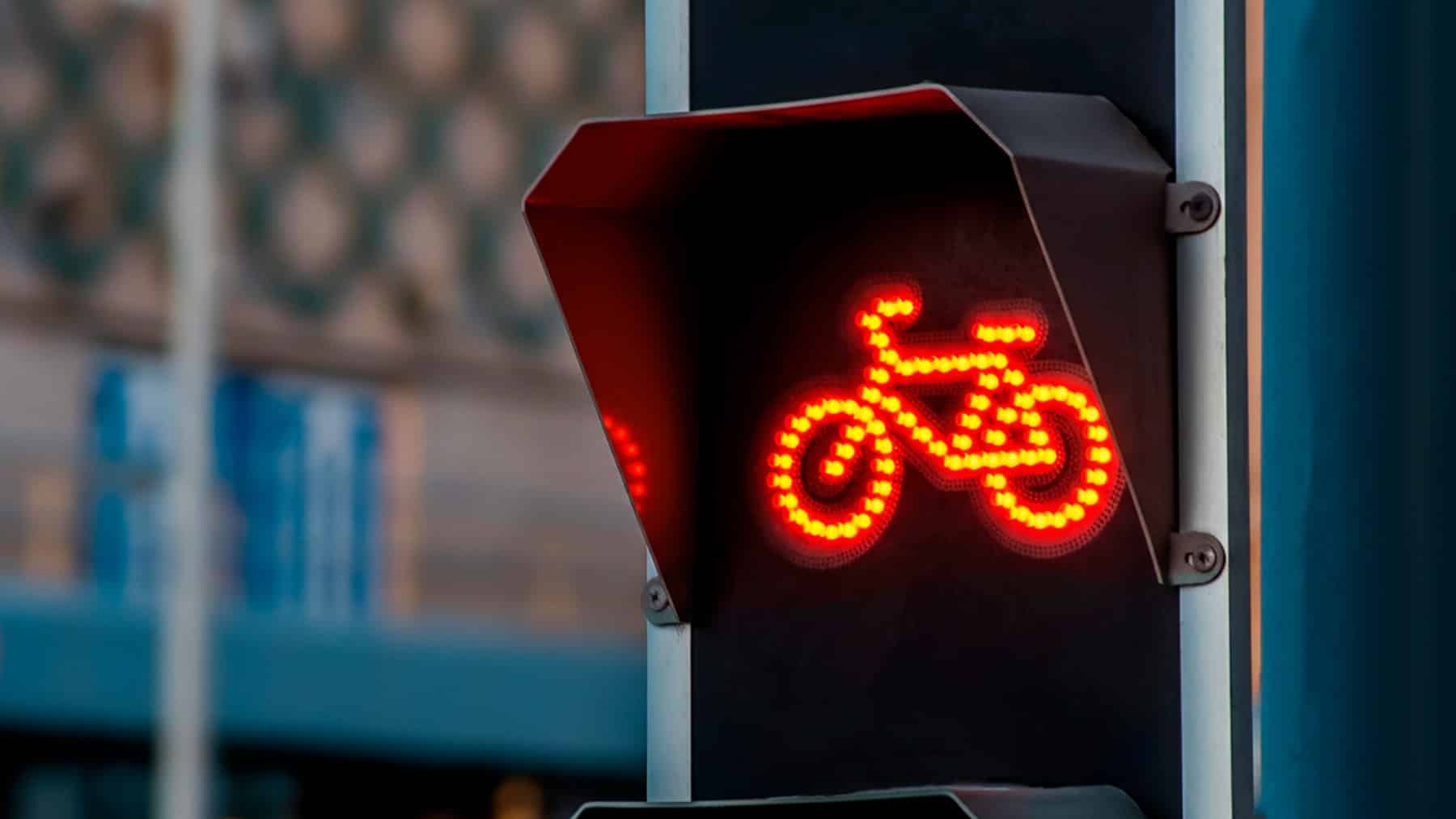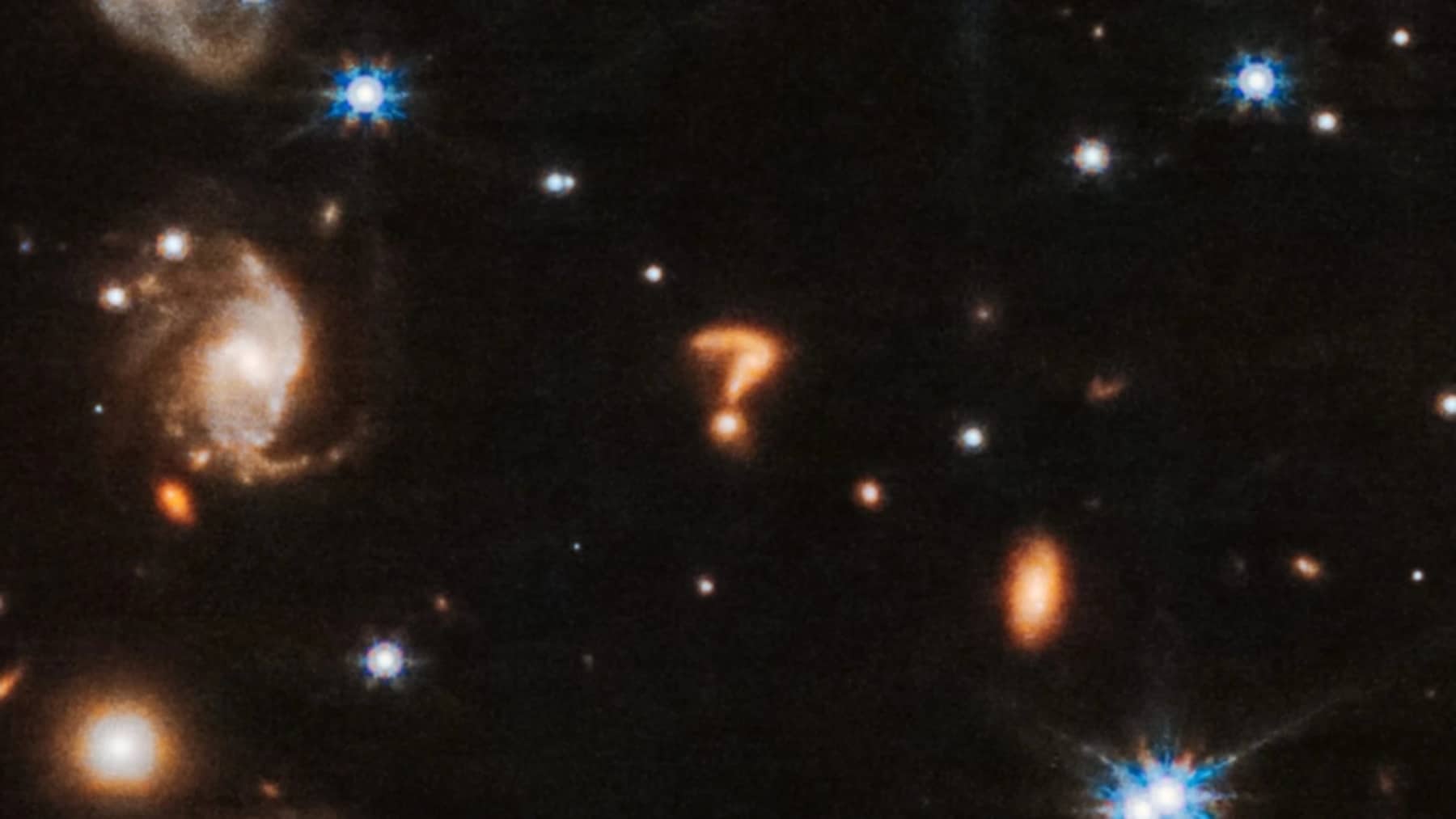It’s been years of speculation and undercover development from Toyota and finally Project Hilux has officially revealed a hydrogen fuel cell Hilux prototype which is simply groundbreaking. Perhaps this innovation makes a rather bold statement because the future of clean mobility doesn’t stop at electric batteries. While the entire world is after zero-emission transportation, Project Hilux moves away from battery electric vehicles (BEVs) and moves toward hydrogen fuel cell technology. The move is a strategic one so much so that refueling becomes faster, payloads get heavier, and emissions are still zero.
Expanding on the hydrogen-powered Project Hilux
After debuting in 1968, the Toyota Hilux symbolizes resilience, durability, and off-road prowess. Going from the Arctic to the Dakar Rally, the Hilux sets itself apart and gains the reputation of going where other vehicles can’t. However, Toyota is harnessing this iconic Hilux fame by pushing the boundaries of zero-emission mobility too. Despite being a hydrogen-powered Hilux, it keeps its rugged dimensions similar to its diesel sibling but conceals more cutting-edge tech under the hood.
The polymer electrolyte fuel cell stack with 330 cells has been changed slightly from the Toyota Mirai sedan. The hydrogen-powered Hilux delivers 134 kW (182 DIN hp) and 300 Nm of torque, directed to the rear wheels. Hydrogen gets stored in three high-pressure tanks that have been mounted in the vehicle’s ladder frame. The electricity generated by the fuel cell powers an e-motor while all excess electricity gets stored in a lithium-ion hybrid battery placed above the tanks in the load deck.
Toyota’s step towards carbon neutrality
A core focus of the hydrogen Hilux is not just that of swapping an engine, it’s the product of R&D and a multi-partner collaboration. What started as a feasibility study in 2022 evolved into a full-blown demonstration leading to 10 functional prototypes having been built at Toyota Motor Manufacturing UK in Derbyshire.5 of these 10 functional prototypes are undergoing real-world testing in order to assess durability, safety, and overall performance since the others are being showcased to customers and the media by making appearances even at the 2024 Olympic and Paralympic Games in Paris. Toyota, however, has faced worldwide criticism over hydrogen during these Olympic and Paralympic Games in Paris. Much of the criticism came from scientists who penned a letter to Toyota stating that the vehicles are misleading in terms of their environmental claims.
Project Hilux is still determined and geared to reflect Toyota’s move from carbon neutrality to hydrogen which works with plug-ins, battery-electrics, and e-fuels in a comprehensive clean mobility portfolio. Toyota sees Europe as being instrumental and impacting the hydrogen market by 2030, with infrastructure and policy support enabling widespread adoption.
Understanding EVs in comparison to the hydrogen Hilux
Toyota’s hydrogen Hilux challenges the narrative of Electric Vehicles (EVs). Hydrogen fuel offers citizens the option of instantaneous refueling and increased unity. Furthermore, hydrogen technology is highly scalable. Toyota’s compact fuel cell modules developed for marine, bus, and stationary generator applications demonstrate just how far Toyota is willing to go to manufacture something different.
A turning point toward cleaner transportation
This hydrogen-powered Hilux might be the turning point toward clean transportation. It combines the durability of Toyota’s toughest truck with the most advanced zero-emission tech available today. With the costs expected to drop 30% in the next-generation fuel cells arriving around 2026, hydrogen could soon rival or even outperform battery-based EVs in terms of both- practicality and price.
For now, Project Hilux is still in the testing phase, but Toyota’s commitment to the hydrogen revolution is already apparent. The question that now crops up isn’t whether fuel cell vehicles can compete, it’s whether battery-only EVs can keep up. Then again, with engines using water as fuel instead of gasoline, perhaps the end of electric vehicles is near too.
